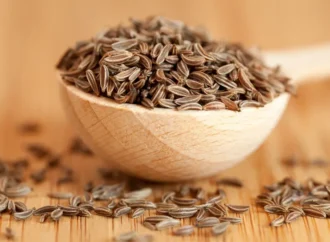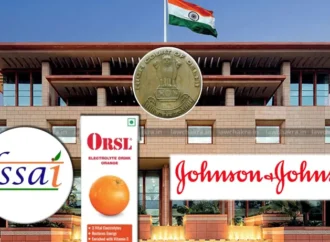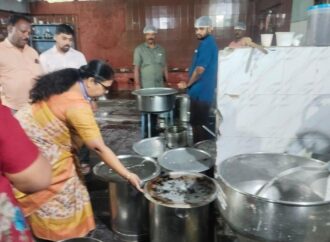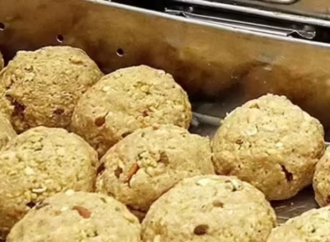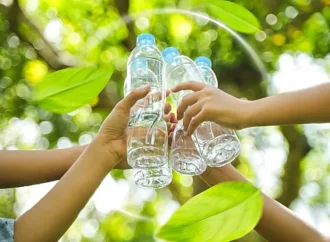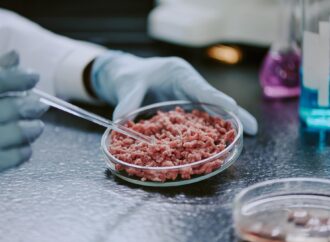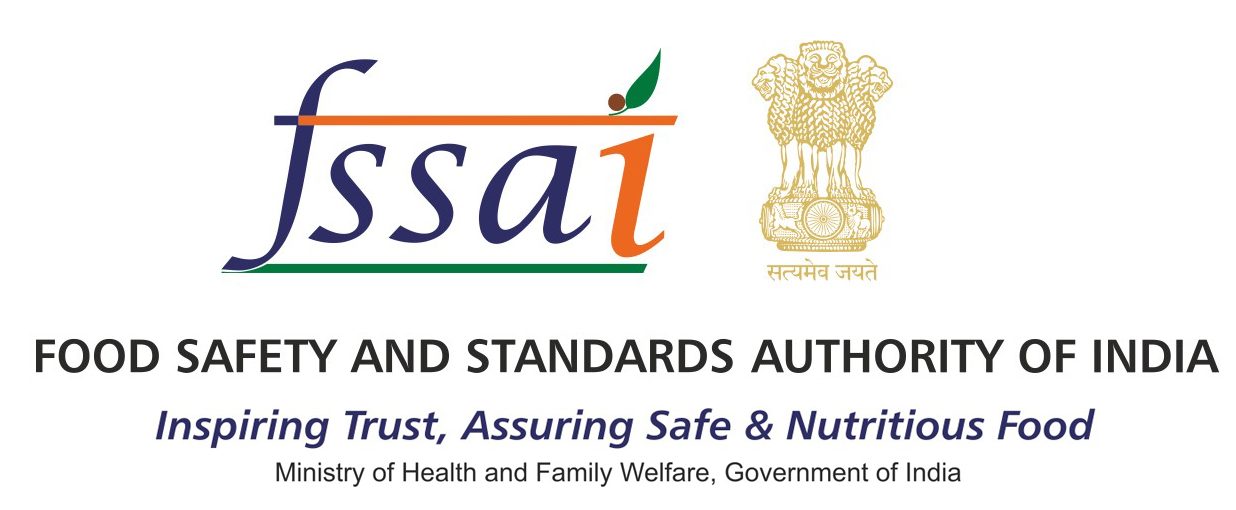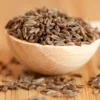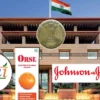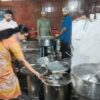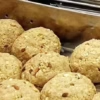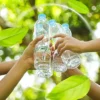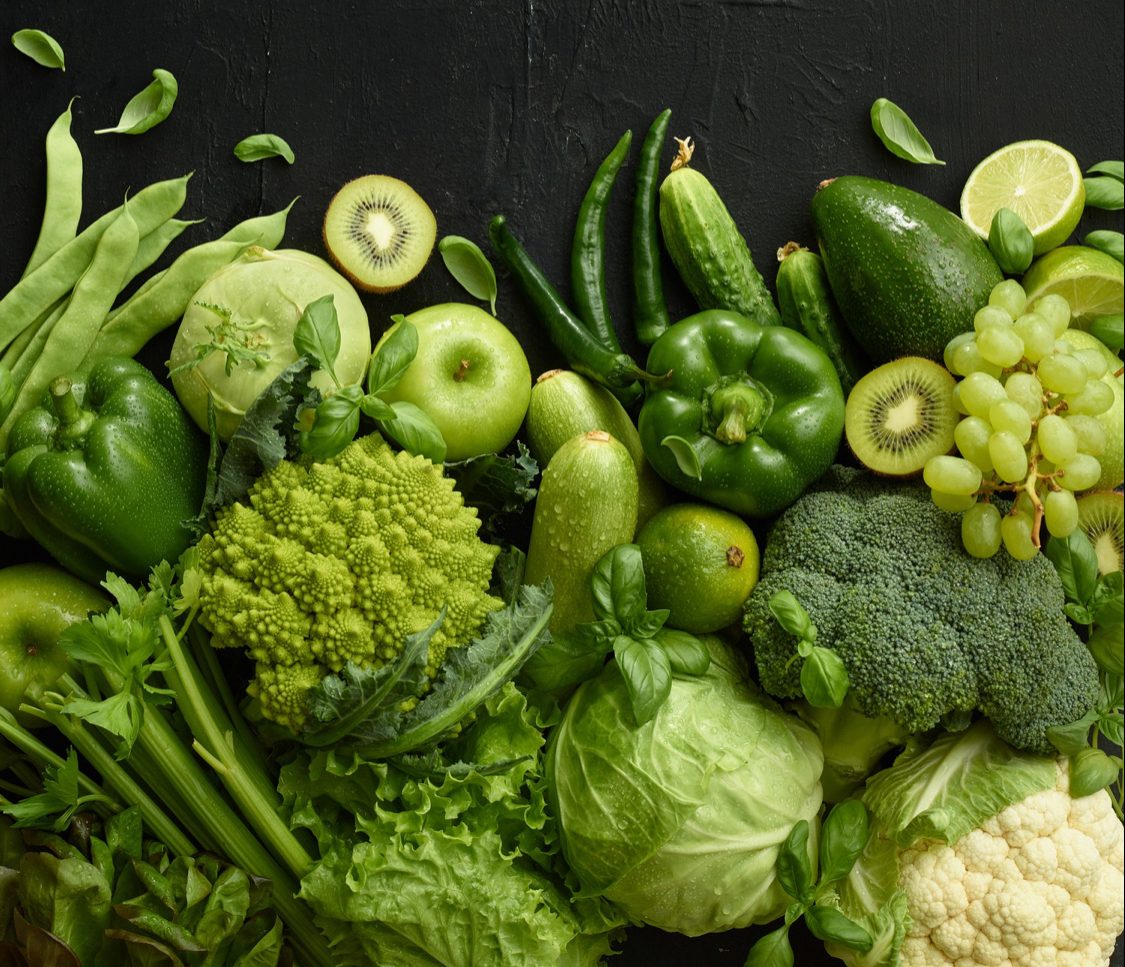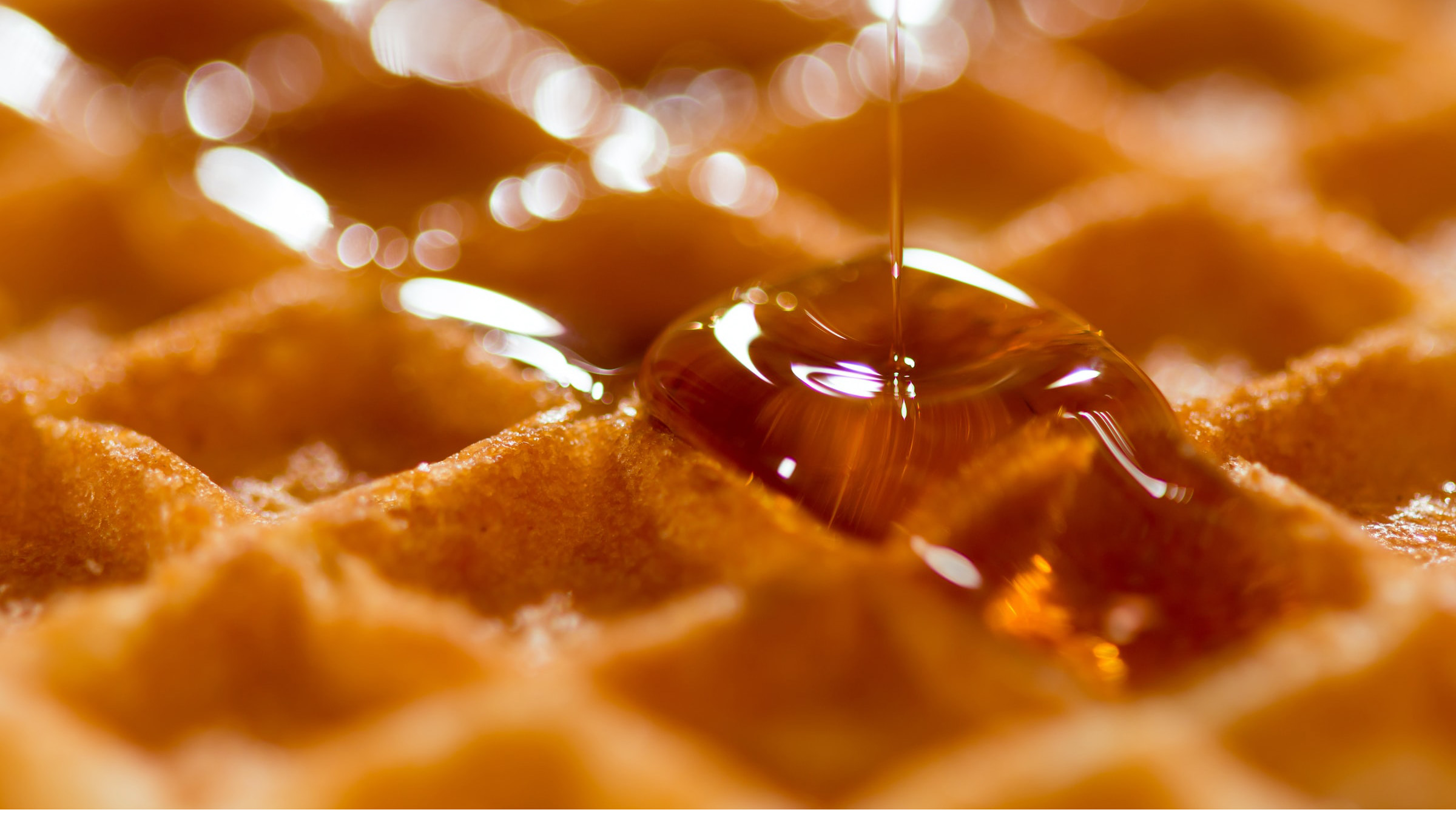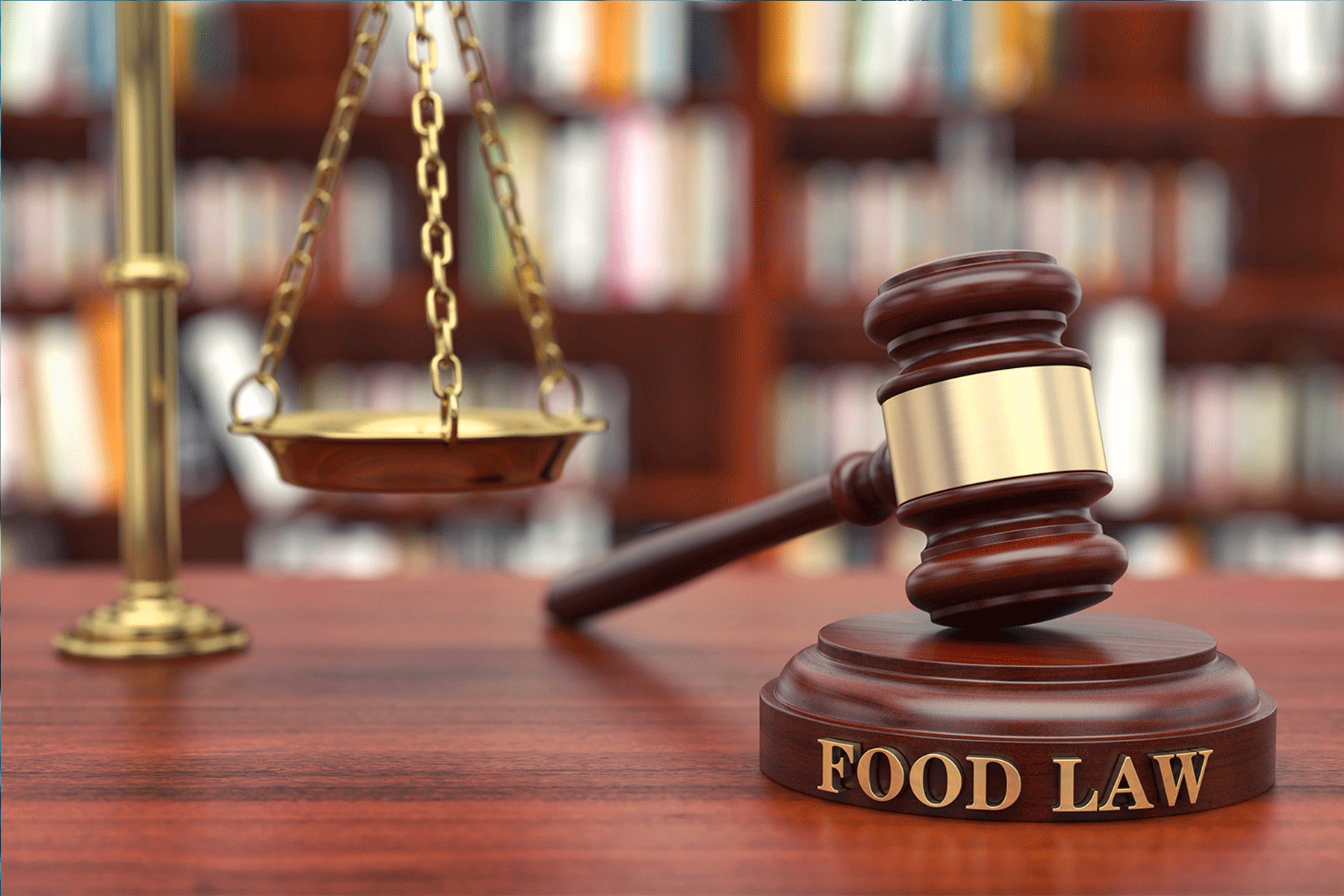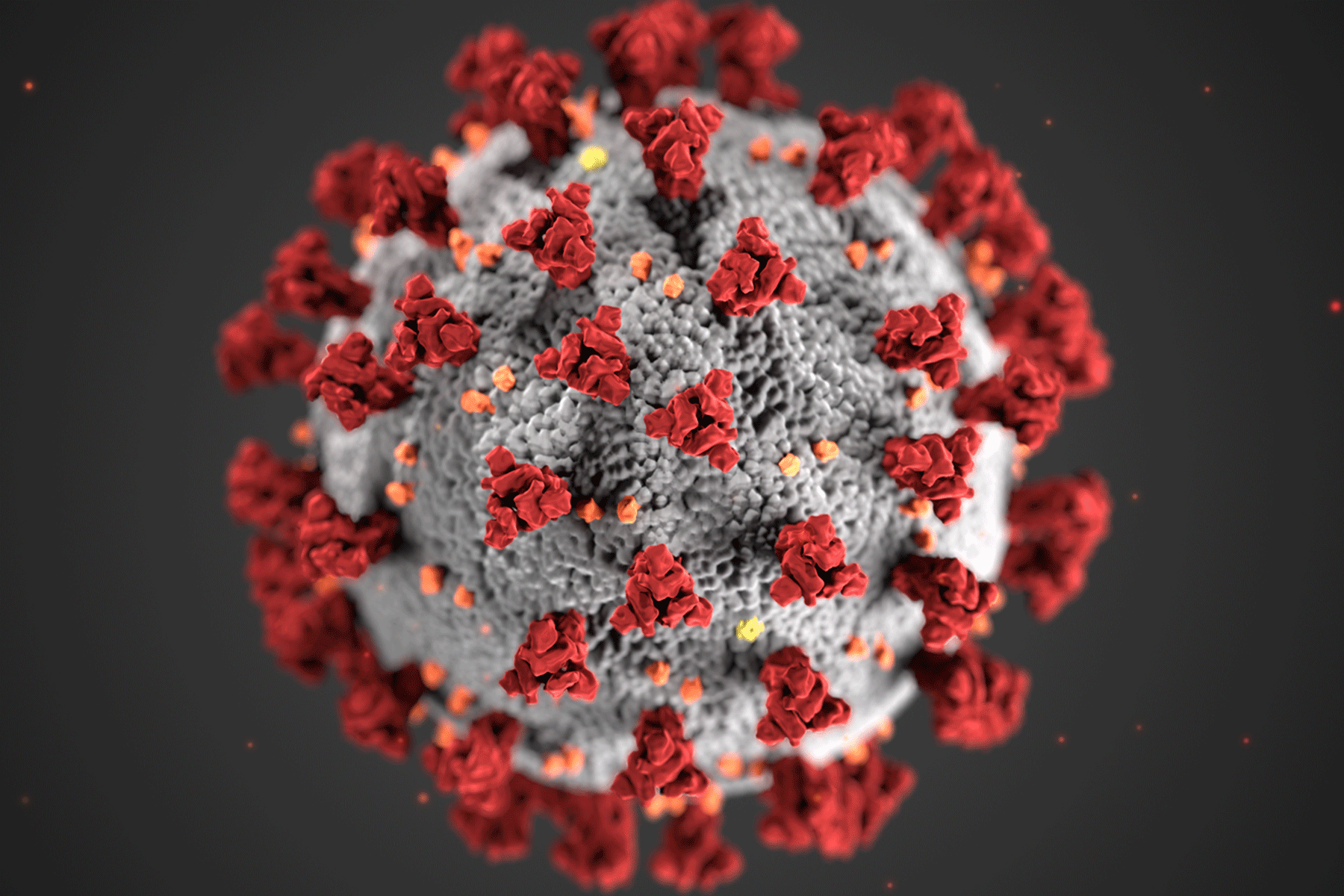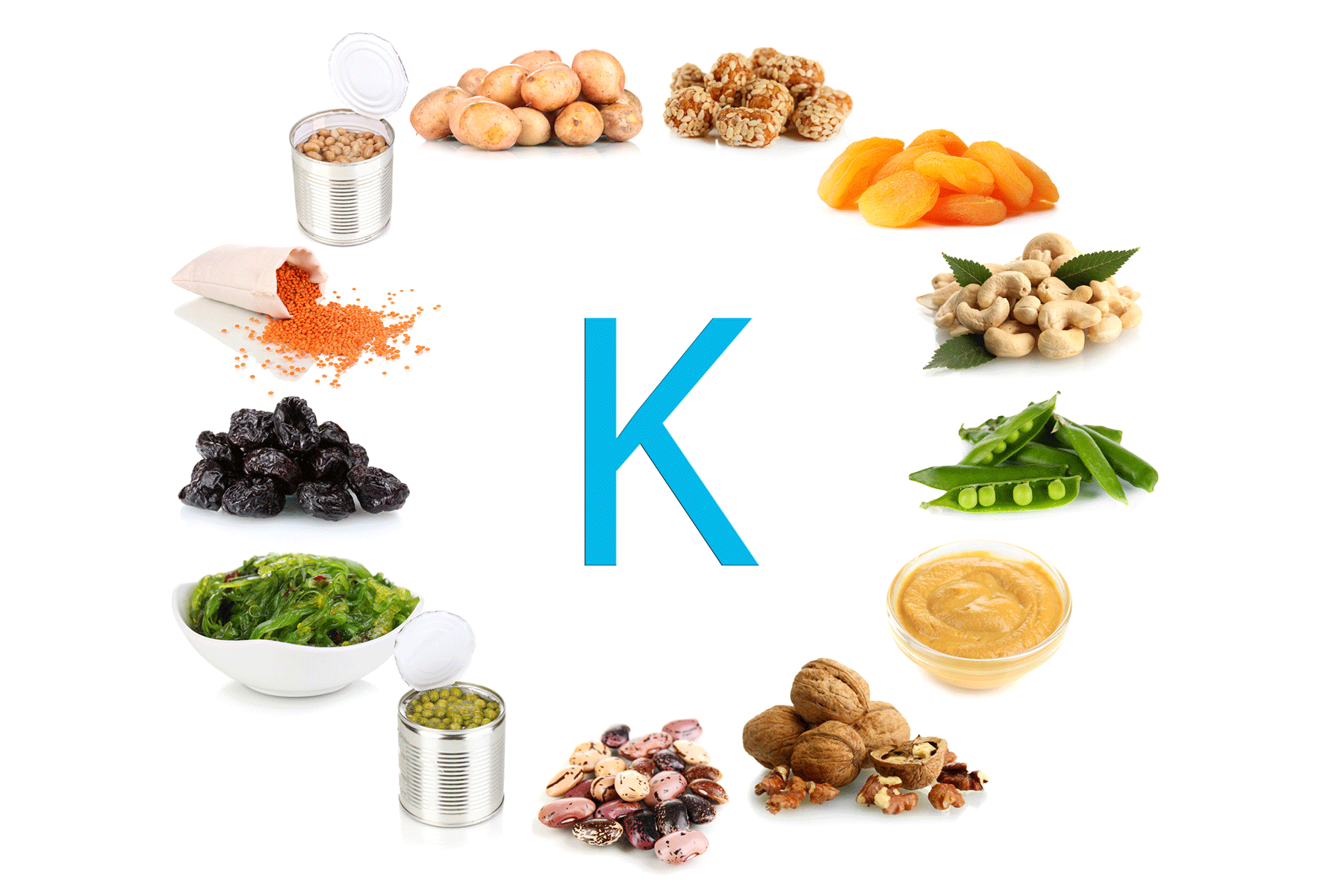We all use aluminium foil and plastic wrap in our kitchens for tasks like storing leftovers, cooking, and keeping food fresh. But have you ever thought about their safety? Are these everyday items as harmless as we believe, or do they pose hidden risks? In this article, we’ll explore the safety of aluminium foil and plastic wrap, focusing on how to use them correctly to avoid potential health issues. By understanding their proper use, you can make sure these kitchen staples are not only convenient but also safe for your health. Let’s dive in and find out more.
Are There Health Risks?
While aluminium foil and plastic wrap are generally safe to use, it’s important to be aware of a few health concerns. The biggest worry involves the leaching of chemicals—whether it’s aluminium from foil or harmful substances from plastic wrap. However, these risks are minimal if you use them correctly, such as by avoiding their use with hot or acidic foods. For those who have concerns about aluminium exposure or chemical additives, using foil and plastic wrap sparingly is a smart choice. By making informed decisions, you can minimize any potential risks and continue using these everyday items safely.
Is Aluminium Foil Safe to Use?

Aluminium foil is a go-to kitchen tool for everything from wrapping food to lining pans. Some people worry about aluminium leaching into food, especially when it’s used to cook or store acidic foods like tomatoes or citrus fruits. The acid in these foods can react with aluminium foil, potentially transferring small amounts of aluminium into the food.
However, experts, including those from the World Health Organization (WHO), agree that the amount of aluminium that could leach into food is minimal and doesn’t pose a significant health risk for most people. While excessive exposure to aluminium over time can cause health issues, the reality is that the aluminium in your food isn’t something to worry about if you use it properly.
How to Use Aluminium Foil Safely
To ensure you’re using aluminium foil safely, follow these simple guidelines:
-
Avoid Acidic Foods: Don’t wrap tomatoes, citrus, or other acidic foods in aluminium foil. The acid can increase the chance of aluminium transferring to the food.
-
Never Use Foil in the Microwave: Aluminium foil can spark and even cause fires in the microwave. Stick to microwave-safe containers when heating food.
-
Use for Short-Term Storage: Aluminium foil is great for the short-term storage of leftovers. It’s more suited for freezing food than for keeping it fresh in the fridge for long periods.
-
Wrap Loosely: When wrapping food, don’t wrap it too tightly. Condensation can build up, leading to spoilage, especially with foods like bread or baked goods.
What About Plastic Wrap? Is It Safe for Food?

Plastic wrap is another kitchen staple that we often use to cover food or store leftovers. The primary concern with plastic wrap is the chemicals used to make it, particularly PVC (polyvinyl chloride), which may contain phthalates. These chemicals are linked to potential health risks, including hormone disruption. Fortunately, most modern plastic wraps are made from polyethylene, which is free of phthalates and considered safe. However, there are still a few things to keep in mind when using plastic wrap for food storage.
How to Use Plastic Wrap Safely
To ensure you’re using plastic wrap in the safest way possible, follow these simple tips:
-
Check the Label: Always make sure your plastic wrap is labeled as food-grade and made from polyethylene. Avoid plastic wraps made from PVC, as these may contain harmful chemicals.
-
Avoid Heating or Microwaving: While polyethylene wraps are microwave-safe, it’s still best not to use plastic wrap to heat food. Heat can cause the wrap to break down and release harmful substances.
-
Don’t Wrap Hot Foods: Never cover hot food with plastic wrap. The heat can cause the wrap to melt, releasing chemicals into the food. Let the food cool down before covering it.
-
Use for Short-Term Storage: Like aluminium foil, plastic wrap is ideal for short-term storage but not recommended for long-term use. For longer storage, opt for airtight containers or reusable alternatives.
Eco-Friendly Alternatives to Consider
If you’re concerned about the health risks or environmental impact of using aluminium foil and plastic wrap, there are plenty of great alternatives:
-
Beeswax Wraps: A reusable, biodegradable alternative to plastic wrap. Beeswax wraps are safe for food storage and come in fun patterns.
-
Silicone Lids: These lids are microwave-safe, reusable, and don’t contain any harmful chemicals. They’re great for covering bowls or containers.
-
Glass or Stainless Steel Containers: For long-term storage, opt for glass jars or stainless steel containers. They’re durable, safe, and keep your food fresh without the need for foil or plastic wrap.
Wrapping It Up: Safe Use Is Key
Aluminium foil and plastic wrap are incredibly convenient tools in the kitchen, but like any product, they need to be used properly. While both items are generally safe for most people when used correctly, it’s important to avoid using them with hot foods, for long-term storage, or with acidic ingredients. By following these simple guidelines, you can safely use these items without compromising your health. If you’re still unsure about the risks or just want to reduce your use of disposable wraps, consider switching to eco-friendly options. Ultimately, it’s all about making informed decisions that help keep your food safe, fresh, and healthy.
 Food Manifest
Food Manifest 
